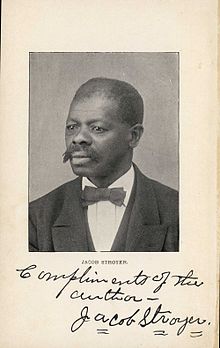The slave narrative is a type of literary genre involving the (written) autobiographical accounts of enslaved Africans, particularly in the Americas. Over six thousand such narratives are estimated to exist; about 150 narratives were published as separate books or pamphlets. In the United States during the Great Depression (1930s), more than 2,300 additional oral histories on life during slavery were collected by writers sponsored and published by the Works Progress Administration, a New Deal program. Most of the 26 audio-recorded interviews are held by the Library of Congress.

Moncure Daniel Conway was an American abolitionist minister and radical writer. At various times Methodist, Unitarian, and a Freethinker, he descended from patriotic and patrician families of Virginia and Maryland but spent most of the final four decades of his life abroad in England and France, where he wrote biographies of Edmund Randolph, Nathaniel Hawthorne and Thomas Paine and his own autobiography. He led freethinkers in London's South Place Chapel, now Conway Hall.
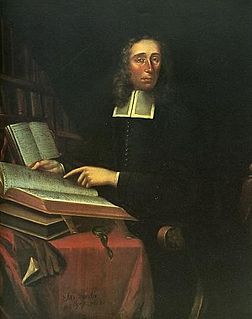
Increase Mather was a New England Puritan clergyman in the Massachusetts Bay Colony and president of Harvard College for twenty years (1681–1701). He was influential in the administration of the colony during a time that coincided with the notorious Salem witch trials.

Harriet Jacobs was an African-American writer whose autobiography, Incidents in the Life of a Slave Girl, published in 1861 under the pseudonym Linda Brent, is now considered an "American classic". Born into slavery in Edenton, North Carolina, she was sexually harassed by her enslaver. When he threatened to sell her children if she did not submit to his desire, she hid in a tiny crawl space under the roof of her grandmother's house, so low she could not stand up in it. After staying there for seven years, she finally managed to escape to the free North, where she was reunited with her children Joseph and Louisa Matilda and her brother John S. Jacobs. She found work as a nanny and got into contact with abolitionist and feminist reformers. Even in New York, her freedom was in danger until her employer was able to pay off her legal owner.
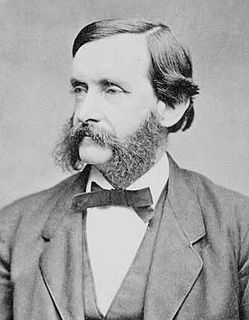
Thomas Wentworth Higginson was an American Unitarian minister, author, abolitionist, and soldier. He was active in the American Abolitionism movement during the 1840s and 1850s, identifying himself with disunion and militant abolitionism. He was a member of the Secret Six who supported John Brown. During the Civil War, he served as colonel of the 1st South Carolina Volunteers, the first federally authorized black regiment, from 1862 to 1864. Following the war, Higginson devoted much of the rest of his life to fighting for the rights of freed people, women and other disfranchised peoples.

Incidents in the Life of a Slave Girl, written by herself is an autobiography by Harriet Jacobs, a mother and fugitive slave, published in 1861 by L. Maria Child, who edited the book for its author. Jacobs used the pseudonym Linda Brent. The book documents Jacobs's life as a slave and how she gained freedom for herself and for her children. Jacobs contributed to the genre of slave narrative by using the techniques of sentimental novels "to address race and gender issues." She explores the struggles and sexual abuse that female slaves faced as well as their efforts to practice motherhood and protect their children when their children might be sold away.
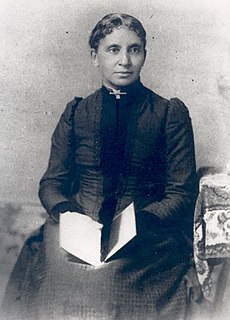
Charlotte Louise Bridges Forten Grimké was an African American anti-slavery activist, poet, and educator. She grew up in a prominent abolitionist family in Philadelphia. She taught school for years, including during the Civil War, to freedmen in South Carolina. Later in life she married Francis James Grimké, a Presbyterian minister who led a major church in Washington, DC, for decades. He was a nephew of the abolitionist Grimké sisters and was active in civil rights.
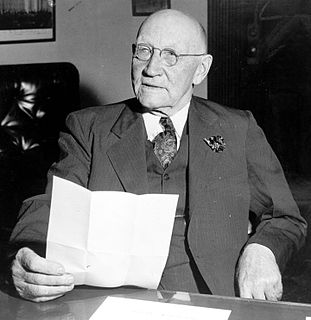
Robert Lee "Bob" Doughton, of Alleghany County, North Carolina, sometimes known as "Farmer Bob", was a member of the United States House of Representatives from North Carolina for 42 consecutive years (1911–1953). A Democrat originally from Laurel Springs, North Carolina, he was the Dean of the United States House of Representatives for his last few months in Congress. He is the longest-serving member ever of the United States House of Representatives from the state of North Carolina. In the 1930s Doughton was a key player in the creation of the Blue Ridge Parkway and the passage of the Social Security Act.

James Newby was an American Civil War veteran who served in the first regiment of volunteer African Americans in the United States and a 19th-century African-American missionary to present-day Nigeria, Cameroon, and Liberia.

Charles Beecher was an American minister, composer of religious hymns and a prolific author.
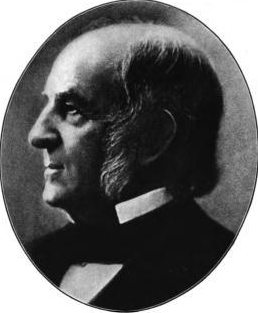
Otis C. Norcross served as the nineteenth Mayor of Boston, Massachusetts, from January 7, 1867 to January 6, 1868 during the Reconstruction era of the United States. Norcross was a candidate (1861) for the Massachusetts State House of Representatives; served as a member of Boston's Board of Aldermen from January 6, 1862 to January 2, 1865; Chairmen of the Board of Aldermen from January 4, 1864 to January 2, 1865; and served as a Trustee of the City Hospital, 1865 & 1866; and a member of the Massachusetts Governor's Council, under Gov. William Claflin (1869).
Boston King was a former American slave and Black Loyalist, who gained freedom from the British and settled in Nova Scotia after the American Revolutionary War. He later immigrated to Sierra Leone, where he helped found Freetown and became the first Methodist missionary to African indigenous people.

Bethany Veney, born into slavery on a farm near Luray, Virginia as Bethany Johnson, whose autobiography, Aunt Betty's Story: The Narrative of Bethany Veney, A Slave Woman was published in 1889. She married twice, first to an enslaved man, Jerry Fickland, with whom she had a daughter, Charlotte. He was sold away from her and she was later married to Frank Veney, a free black man. She was sold on an auction block to her employer, George J. Adams. He brought her to Providence, Rhode Island followed by Worcester, Massachusetts. After the Civil War, Veney made four trips to Virginia to move her daughter and her family and 16 additional family members north to New England.
William Henry Singleton gained freedom in North Carolina and served as a sergeant in the United States Colored Troops during the American Civil War. After its end and emancipation, he moved North to New Haven, Connecticut. There he became literate and a minister in the African Methodist Episcopal Zion Church, serving also in Maine and New York.
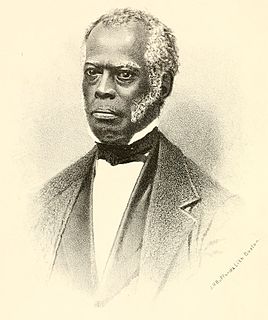
Lunsford Lane was an entrepreneur tobacconist from North Carolina who bought freedom for himself and his family. He became a vocal opponent of slavery and wrote a slave narrative autobiography. His life and narrative shows the plight of slavery, even for the relatively privileged slaves.
Kate Drumgoold was an American woman born into slavery around 1858 near Petersburg, Virginia. Her life is captured in her 1898 autobiography, A Slave Girl's Story, Being an Autobiography of Kate Drumgoold. It offers a message of racial uplift, faith, and education. "It is a rare portrait of a former slave who moved between the highly urbanized environment of New York City and the rural South."
Rev. Thomas H. Jones was born a slave Wilmington, North Carolina and was a prominent African-American abolitionist in antebellum America. Jones escaped slavery, traveled to Canada and subsequently relocated to Worcester, Massachusetts. Following years of working as an itinerant preacher and lecturer, Jones became a prominent figure within the Colored Conventions Movement. He served as a delegate to the 1859 New England Colored Convention. His narrative, Experience and Personal Narrative of Uncle Tom Jones; Who Was for Forty Years a Slave. Also the Surprising Adventures of Wild Tom, of the Island Retreat, a Fugitive Negro from South Carolina, captures his early life as a slave and his subsequent escape from slavery.

Daniel Jones was a Methodist Episcopal minister (M.E.) in Oregon and later in the mid west. He was the first African American to attend Willamette University in Salem, Oregon. He was a leader in the M.E. church and was presiding elder of the Lexington, Kentucky district.

James J. Durham was a Baptist minister in South Carolina and the founder of Morris College in 1908. He was a member of the board at Morehouse College and an officer in state and national Baptist conventions.
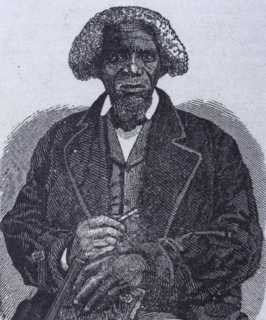
Greensbury Washington Offley was an American slave narrative author and minister. Born into slavery in Maryland and eventually freed, Offley wrote A Narrative of the Life and Labors of the Rev. G. W. Offley, a Colored Man, Local Preacher and Missionary (1859), one of only six slave narratives published in Connecticut.
